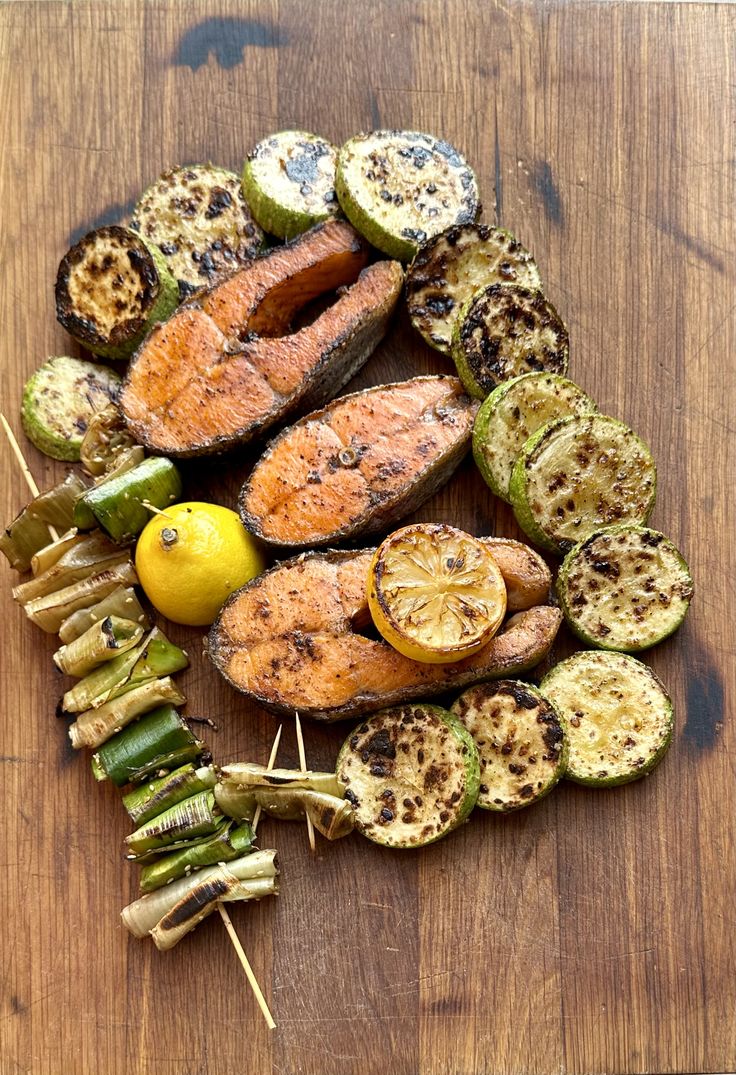Cooking for wellness means prioritizing nutrition, balance, and flavor in everyday meals. Ingredients rich in vitamins, minerals, fiber, and antioxidants support physical and mental health. Whole grains, lean proteins, vegetables, fruits, nuts, and seeds form the foundation of wellness cooking. Techniques like steaming, roasting, grilling, and sautéing preserve nutrients and enhance flavors. Planning meals with balanced macronutrients – carbohydrates, proteins, and healthy fats – promotes energy and satiety. Hydration and mindful eating are equally important, as consuming food slowly and appreciating flavors improves digestion and satisfaction. Herbs and spices not only add taste but also offer medicinal properties. Superfoods such as quinoa, chia seeds, kale, blueberries, and turmeric can be integrated into meals creatively. Cooking for wellness encourages experimentation, mindfulness, and culinary skill development. Sharing nutritious meals fosters healthy habits, strengthens family bonds, and makes eating enjoyable and intentional.

